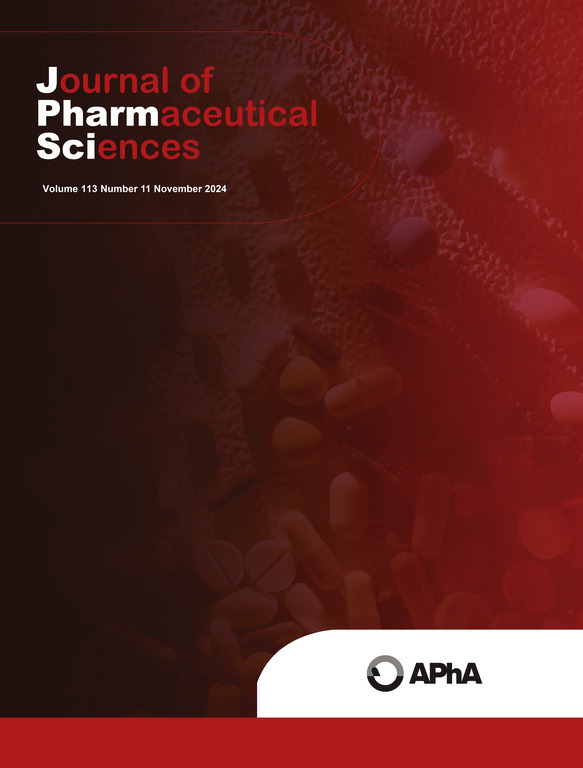Developing ultra-high concentration formulations of human immune globulins for subcutaneous injectables
IF 3.7
3区 医学
Q2 CHEMISTRY, MEDICINAL
引用次数: 0
Abstract
This work describes the first development of high-concentration suspension formulations of human immune globulin. Colloidal-level dispersions of immune globulin were achieved by suspending a spray dried solid powder of protein in a protein solution made saturated by the addition of pharmaceutical excipients. The spray drying process was used to generate ∼90 % of particles below 20μ. The monomer and aggregates content of immunoglobulin were found to be 93 % and 0.3 %, respectively. The injection forces for the colloidal suspensions were characterized using a dynamic compression test. The concentrations of 300, 380, and 400 mg/mL formulations were injected at 3.8 N, 10 N, and 16.5 N of maximum injection forces, respectively, when a 24-gauge needle was used. The viscosity of a 300 mg/mL suspension was 128 cP. The viscosity of a 380 mg/mL suspension was 284 cP, and the viscosity was higher for the 400 mg/mL formulation; however, injectability was not an issue, which remains rare for non-Newtonian, shear-thickening systems. It is acknowledged that the 400 mg/mL suspension formulation remained relatively challenging as compared to other suspensions for injection because of its very high viscosity, and significant force was required to inject it. We show that where ultra-high-concentration immune globulin is being developed within reasonable constraints of pharmaceutical regulation, with an injectability parameter, formulations might make their way to the clinic when viscosity could say otherwise. However, further work should be conducted to assess chemical stability (using methods such as mass spectrometry) along with forced degradation studies prior any clinical use.

求助全文
约1分钟内获得全文
求助全文
来源期刊
CiteScore
7.30
自引率
13.20%
发文量
367
审稿时长
33 days
期刊介绍:
The Journal of Pharmaceutical Sciences will publish original research papers, original research notes, invited topical reviews (including Minireviews), and editorial commentary and news. The area of focus shall be concepts in basic pharmaceutical science and such topics as chemical processing of pharmaceuticals, including crystallization, lyophilization, chemical stability of drugs, pharmacokinetics, biopharmaceutics, pharmacodynamics, pro-drug developments, metabolic disposition of bioactive agents, dosage form design, protein-peptide chemistry and biotechnology specifically as these relate to pharmaceutical technology, and targeted drug delivery.

 求助内容:
求助内容: 应助结果提醒方式:
应助结果提醒方式:


